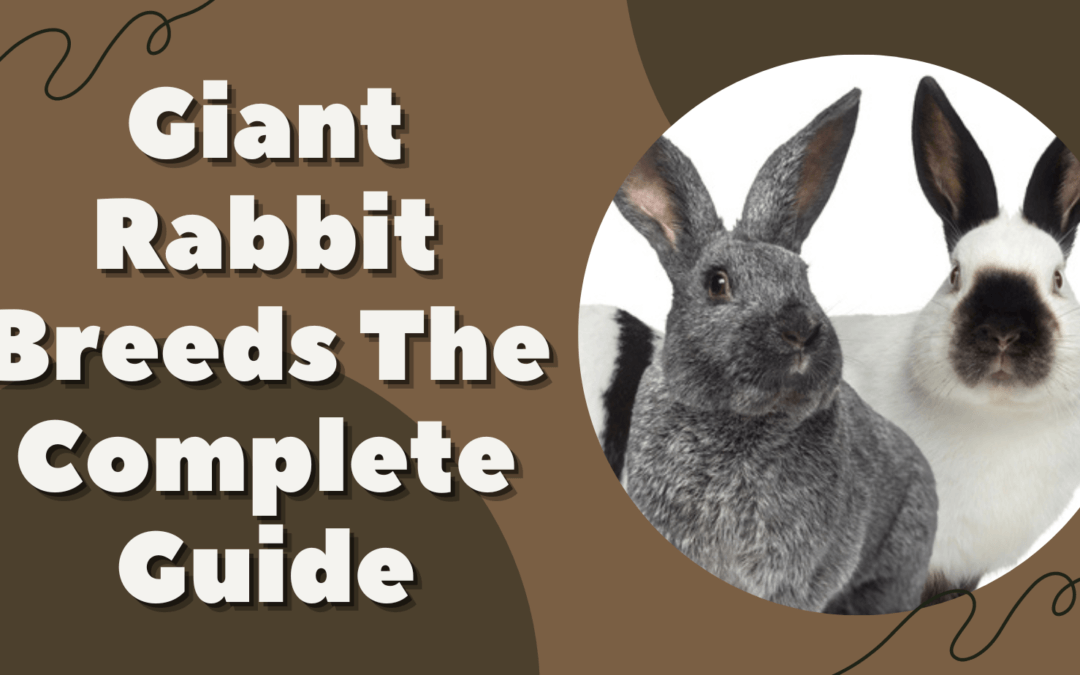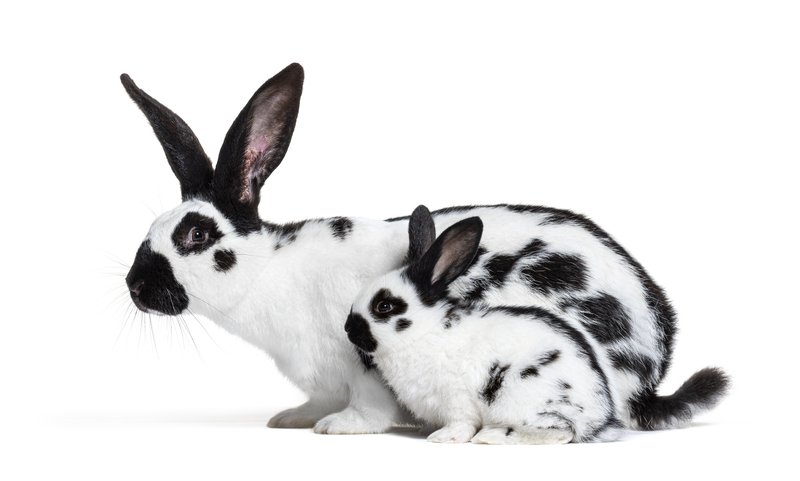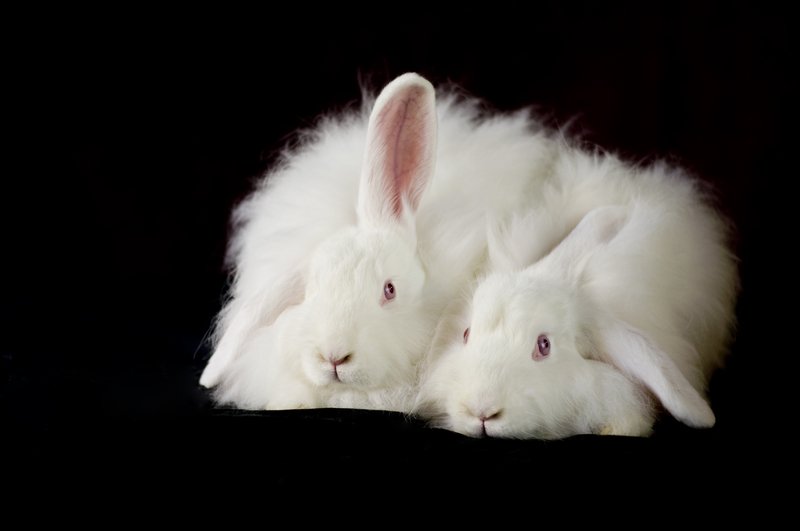Giant rabbit breeds are among the best pets that you can have. Besides their sizes, they are also known for their excellent personalities. However, all of them require ample space and large amounts of food. Although they are all huge, they may differ in temperament and behavior. Find out what is the best giant rabbit for you!

Checkered Giant
The Checkered Giant has distinctive butterfly markings. Thus, it is called “The Rabbit Beautiful.” It is also considered one of the minority breeds possessing specific coat markings. This charming bunny can reach up to 12 pounds or more. ARBA recognizes two varieties of Checkered Giant: black and blue.
Since these rabbits are active and energetic, they are considered a “running breed.” Hence, they require large spaces and enclosures to live comfortably. Unfortunately, they are unideal pets for those living in apartments. Checkered Giants also love playing with many toys. When bored, they can chew the furniture or wires inside the house.
Unlike other giant breeds, the Checkered Giants are not as affectionate. But they are not also considered aggressive types. You won’t expect them to go to you for a cuddle. They are also unneedy. But once they trust their owners, they become sweet. These rabbits also get along with other household pets like cats. They are ideal pets for couples, individuals, senior citizens, and families.
| Pros of Getting Checkered Giants | Cons of Getting Checkered Giants |
|
|
Flemish Giant
Considered the largest rabbit breed, Fleming Giant can weigh up to 15 lbs to 22 lbs. These bunnies are available in seven colors. They are black, white, blue, fawn, sandy, steel gray, and light gray. The Fleming Giants have short fur, making it easier to groom them. Because of their features, they became popular pets in Europe and the United States.
Rabbit owners called these bunnies the “Gentle Giants”. Despite their intimidating sizes, Flemish Giants are very docile and friendly. They quickly get along with kids, other rabbit companions, and household pets. These buns are also very clean, and you can quickly train them to litter.
Like other giant rabbit breeds, Fleming Giants don’t like to be handled. They may bite you once you mishandled them. These bunnies also need large spaces to move and play around. Due to their inflexible spine, they are unideal pets for families with small children. It may only result in injury.
| Pros of Getting Flemish Giants | Cons of Getting Flemish Giants |
|
|
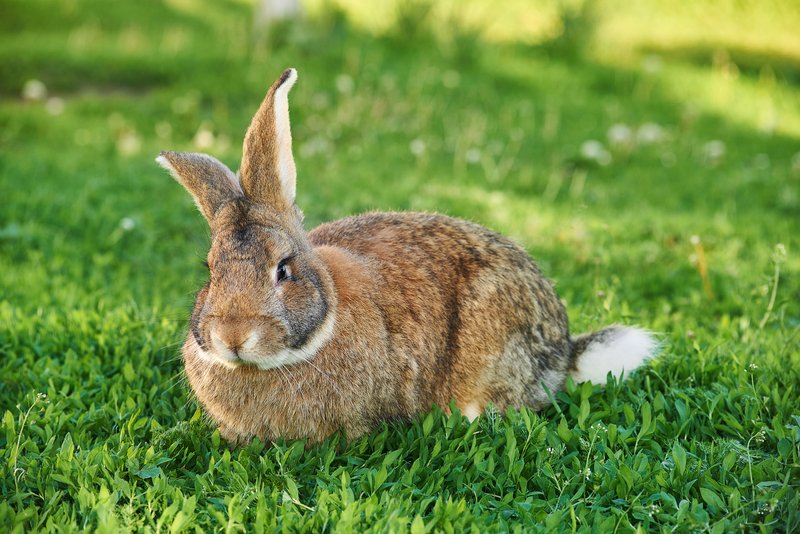
Giant Angora
Of all the angora breeds recognized by ARBA, Giant Angoras are the largest. Breeders originally developed them for wool production. Their coats have three fiber types: underwool, awn fluff, and awn hair. Because of their size and coats, they always stand out in the crowd. These fluffy bunnies can weigh between 4 lbs and 12 lbs.
Although Giant Angoras are laidback, they need to spend enough time with their owners. You must also provide them with regular handling so they would be calm with other people. Since they love the outdoors, they dislike it when locked inside their cages for too long. You won’t also have problems keeping them inside their home because you can train them to the litter box. But ensure you make your home rabbit-proof.
Unfortunately, these fluffy bunnies are not for everyone. They are ideal pets for experienced owners due to their size and coats. The wool of Giant Angoras needs regular maintenance. Failing to groom them may lead to woodblock and overheating. You also have to provide them with large spaces and enclosures.
| Pros of Getting Giant Angoras | Cons of Getting Giant Angoras |
|
|
Giant Chinchilla
As the largest chinchilla breed recognized by ARBA, Giant Chinchilla can reach up to 12 to 16 lbs. It possesses the distinct fur color of chinchilla bunnies. Its thick coat requires special attention to grooming.
Giant Chinchilla is one of the most mild-mannered among the giant rabbit breeds. It is very laid back that sometimes other rabbit owners consider it a lazy bunny. However, it is adored by many breeders, especially the does. They can produce large litters and are excellent mothers.
But like other giant rabbit breeds, these bunnies need a massive space. Although they don’t require much exercise, a large cage provides comfort. Since Chinchilla Giants are gentle and tame, they can quickly get along with children. However, they are not ideal for kids under ten since they can be injured or hurt small children.
| Pros of Getting Giant Chinchillas | Cons of Getting Giant Chinchillas |
|
|
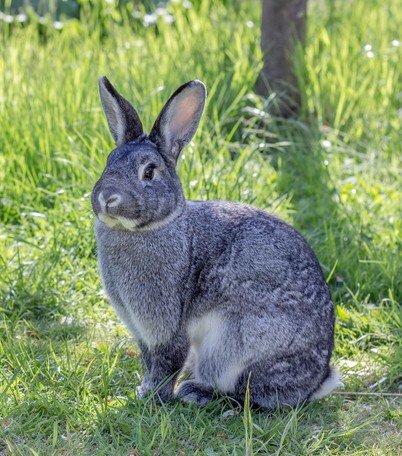
Enclosures for Giant Rabbit Breeds
Giant rabbit breeds require a massive space where they can live. In choosing the best shelters, there are several options that you can choose from. You can make or buy a large cage or turn sheds or dog cages into your bunny’s new home. Another option is letting your bunny live with you inside your house.
If you want to build or buy a cage, ensure it is tall and wide enough for your furry pet to stand and stretch comfortably. Also, the bunny must be able to hop three times in any direction. The ideal size of the cage for rabbits is 12 by 12 feet. Choose an enclosure with solid flooring since giant bunnies are prone to sore hocks.
A vacant shed is also an ideal shelter for giant rabbit breeds. However, you must ensure it is comfortable and safe. Insulate the shed, and at the same time, place wooden bearers on the flooring so it may last longer. Aside from that, ensure that your bunny will get enough light and fresh air. Also, cover the windows during winter.
In case you want to let your bunny live in a dog cage, place plywood on the floor or provide solid flooring. You must also put the enclosure under the shade to protect the bunny from intense heat. If you have decided to let your pet live with you inside your house, you have to make your home rabbit-proof first.
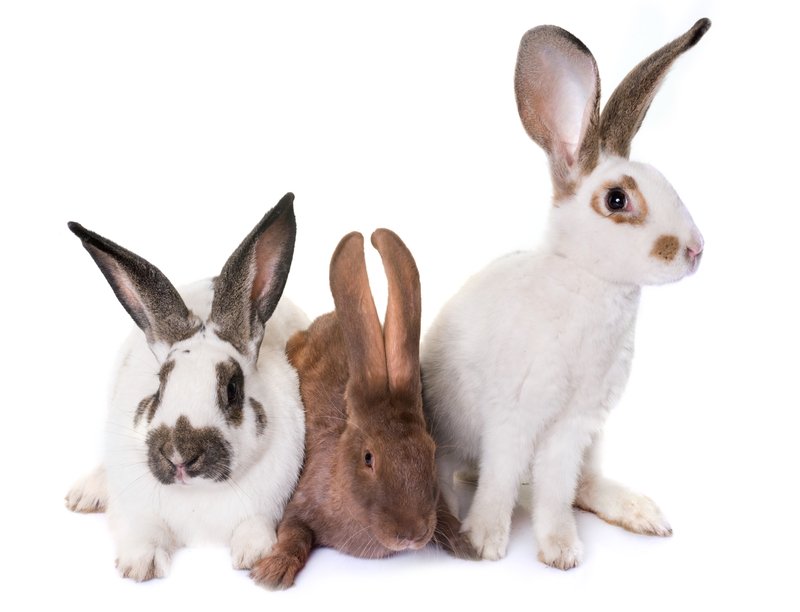
Feeding Giant Rabbit Breeds
The diet of giant rabbit breeds is similar to smaller bunnies. However, they need more portions to survive. Seventy percent of your bunny’s diet must consist of hay. It is rich in fiber, helping your pet to have good digestion. Giving your bunny an unlimited amount of hay will help trim its teeth to prevent overgrowth.
Feeding leafy greens to bunnies is also recommended since they contain folic acid. However, not all leafy greens are healthy for your furry pet. Some of them are toxic, like iceberg lettuce, rhubarb, and silverbeet. If you want to introduce new veggies to your rabbit’s diet, seek the vet’s advice first.
You can also give fruits to your rabbit but in a tiny amount. Although giant rabbit breeds have big bodies, they still have sensitive stomachs. Too much sweetness can cause an imbalance in their guts. Also, they may suffer from obesity or tooth decay. Don’t give avocados, mangoes, peaches, and apricots.
Fresh water is very vital to giant bunnies, especially during hot days. Their bodies are more likely to overheat compared to smaller breeds. Ensure you provide them with an unlimited water supply inside their cage. You can also give pellets, but some owners prefer not to include them in their rabbit’s diet.

Common Health Issues of Giant Rabbit Breeds
Sore Hocks
Sore hocks are more common in giant rabbit breeds. These bunnies apply more pressure to their hock area due to their body weight. Once their hocks become inflamed, they will have difficulty moving around. Causes of sore hocks are obesity, rough flooring, poor hygiene, and immobility.
Your bunny may show symptoms if it is suffering from sore hocks. Some of these include the following:
- Hair loss on the hocks
- Scab formation or ulceration on the hocks
- Abscess or inflammation of the tendons
- Bone marrow infection
- Appetite loss
- Obesity
- Nervousness
- Pain
For milder cases, your vet may advise you to take care of the bunny at your home. He may prescribe painkillers or antibiotics for your pet. But if the case is severe, the vet will perform surgery on your bunny. He will scrape the dead tissues on the bunny’s hocks and feet. Your bunny may also need long-term medication of antibiotics and painkillers.
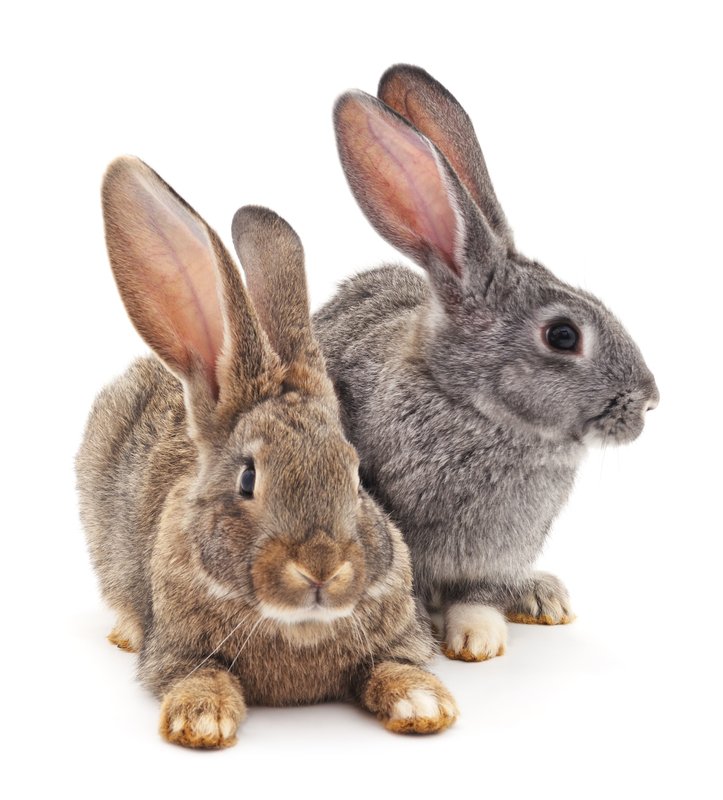
Obesity
Obesity is also a common condition in giant rabbit breeds. Because of their size, many owners thought they had to feed these bunnies unlimitedly. The truth is, you have to limit their calorie intake. Overweight bunnies may suffer from severe illnesses like arthritis, heart diseases, and flystrike.
Obese bunnies tend to have flaky dermatitis and difficulty breathing. Their ribs are also hidden because of the layer of fat and skin. Once your bunny is obese, the vet will change its diet. Let it exercise outdoors more often. Doing more activities with your rabbit will make it more active and physically fit.
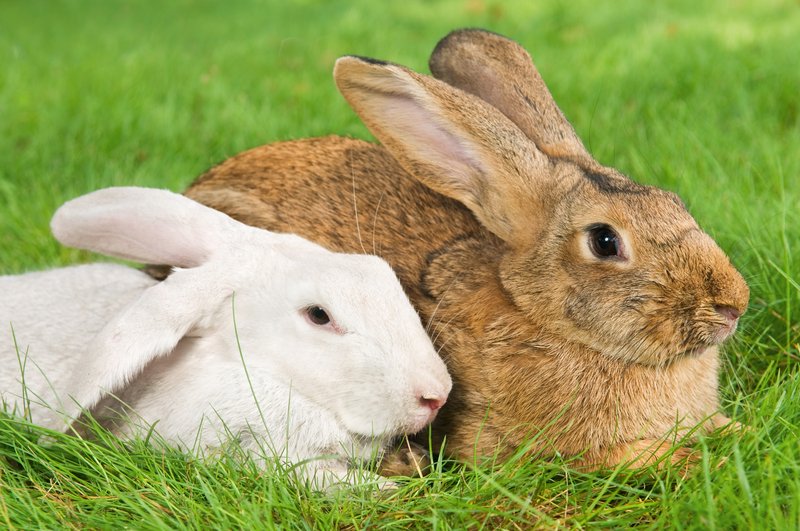
Frequently Asked Questions
Where will I find Giant rabbit breeds?
There are available pet shops online where you can find giant rabbit breeds. You may also look for them in animal shelters and adoption rescues. Another option is to ask ARBA for a list of reputable rabbit breeders.
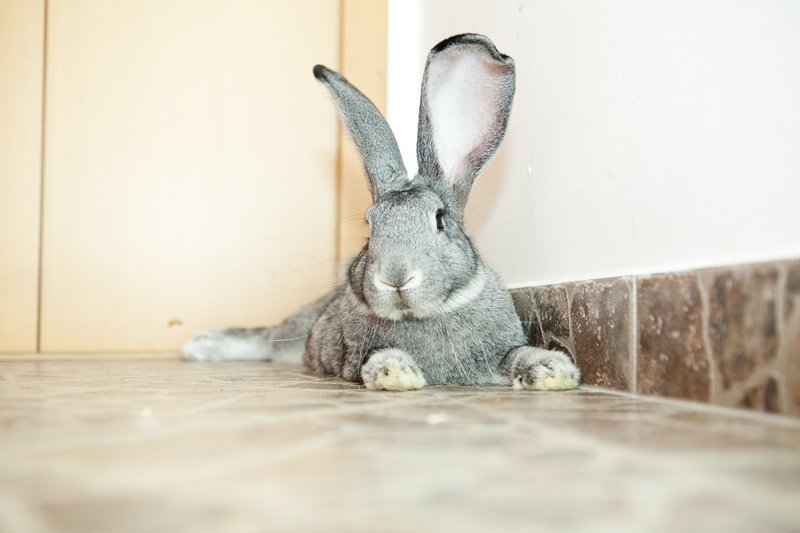
Are giant rabbits friendly?
Most giant rabbits are friendly and docile. They can quickly get along with their owners and other rabbit companions. Unless you mishandled them, giant bunnies are rarely aggressive. Although they are friendly, they are not ideal for small children due to mishandling.
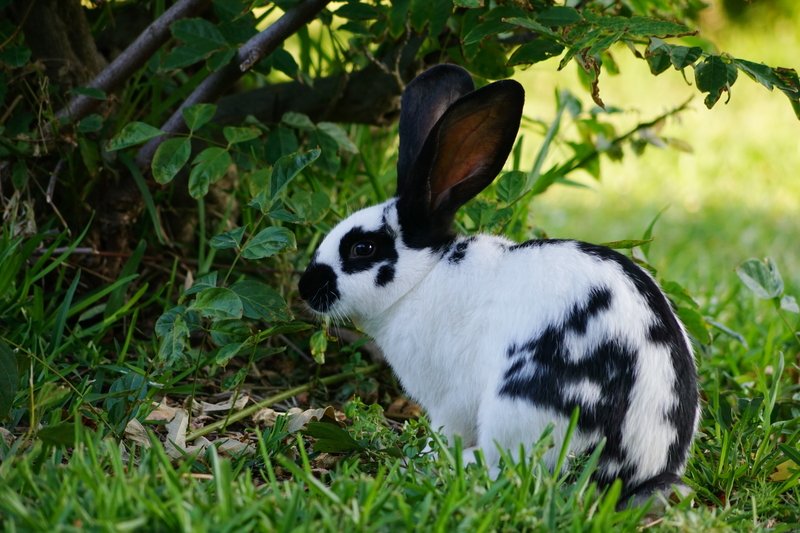
Do giant rabbit breeds bite?
Similar to other rabbit breeds, giant rabbits may bite if frightened. They also become aggressive when they are mishandled. To prevent this from happening, ensure to handle the bunny properly. If it is new in your home, give it time to adjust before cuddling it.
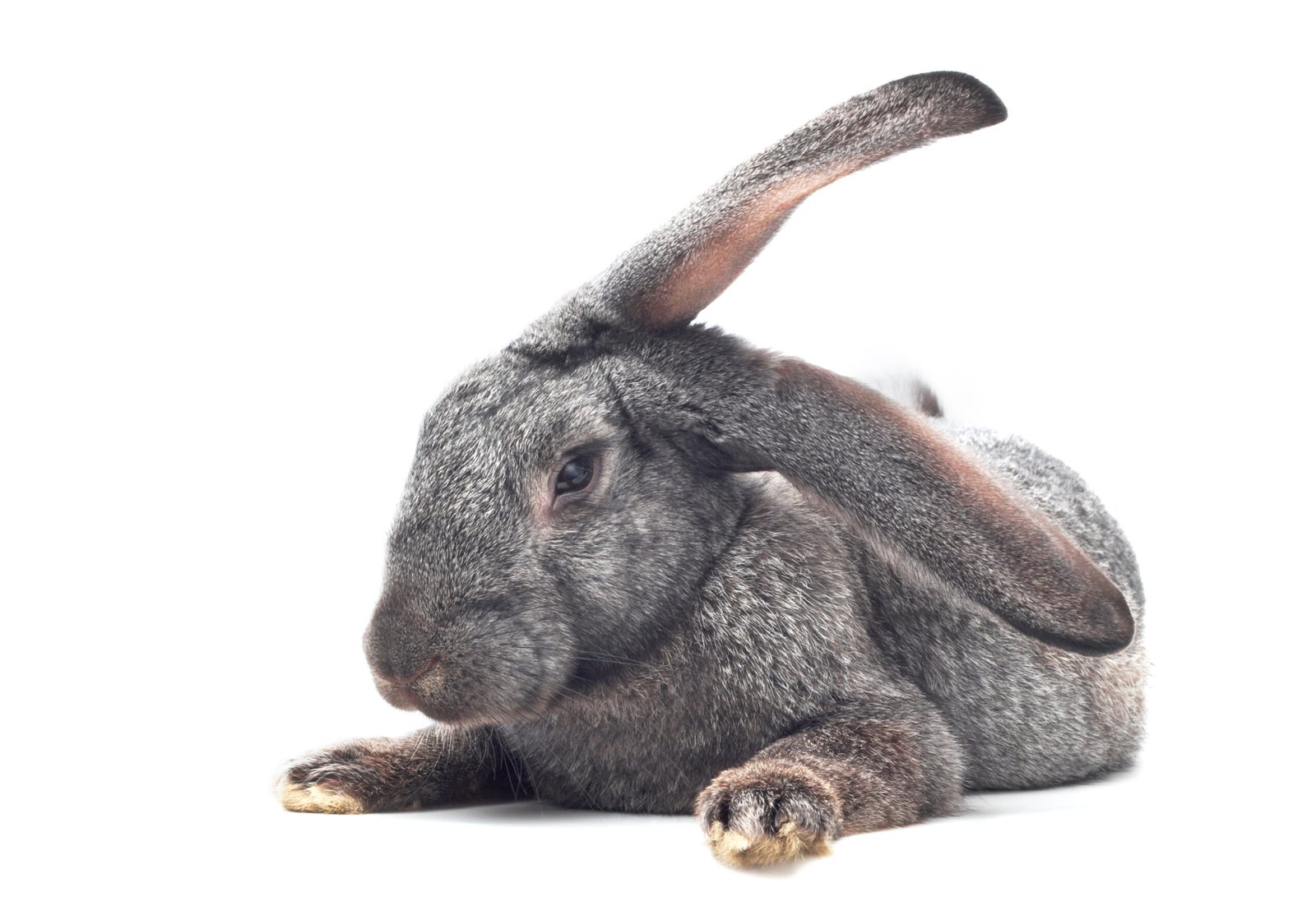
Conclusion
Giant rabbit breeds are good companions. However, they need rabbit owners who can provide them with large enclosures and a proper diet. Besides their needs, you must also give them love and attention so they may flourish. If you care for them properly, they can live with joy for a long time.
Read More

